A new analysis by Kalina Skóra of the Institute of Archaeology and Ethnology at the Polish Academy of Sciences uncovers the mystery of European pond turtle remains foun in ancient graves in northern Poland.
Mystery remains of a European pond turtle was found in an ancient grave in northern Poland. The remains could shed new light on the Wielbark culture, an Iron Age culture associated with Gothic and other Germanic peoples who lived in Barbaricum, lands outside the Roman Empire.,
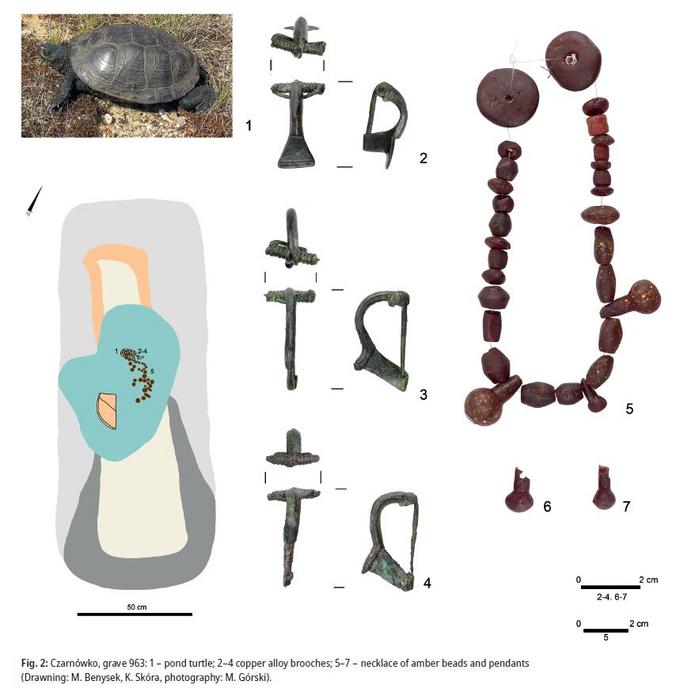
Czarnówko, grave 963: 1 – pond turtle; 2–4 copper alloy brooches; 5–7 – necklace of amber beads and pendants / Credit: Drawing: M. Benysek, K. Skóra, photography: M. Górski, in Praehistorische Zeitschrift.
Nevertheless, a recent paper published in Parehistorische Zeitschrift by Kalina Skóra of the Institute of Archaeology and Ethnology at the Polish Academy of Sciences analyses the remains to answer the question of whether this turtle might be the evidence of an ancient burial ritual.
Found in Disturbed Graves
European pond turtles (Emys orbicularis), a medium-sized freshwater turtle species, live all around Europe today. The presence of pond turtles in the Wielbark cultural area indicates that northern parts of Poland in the Roman Period would have provided a favourable habitat with dry, warm summers for these animals.
However, the new analysis shows that turtle remains are rarely found at central and eastern Barbaricum's cemeteries. Actually, in all archaeologically recorded cases, turtle remains were found in disturbed graves - which were opened after burial for various reasons, including the removal of grave goods or post-burial practices.
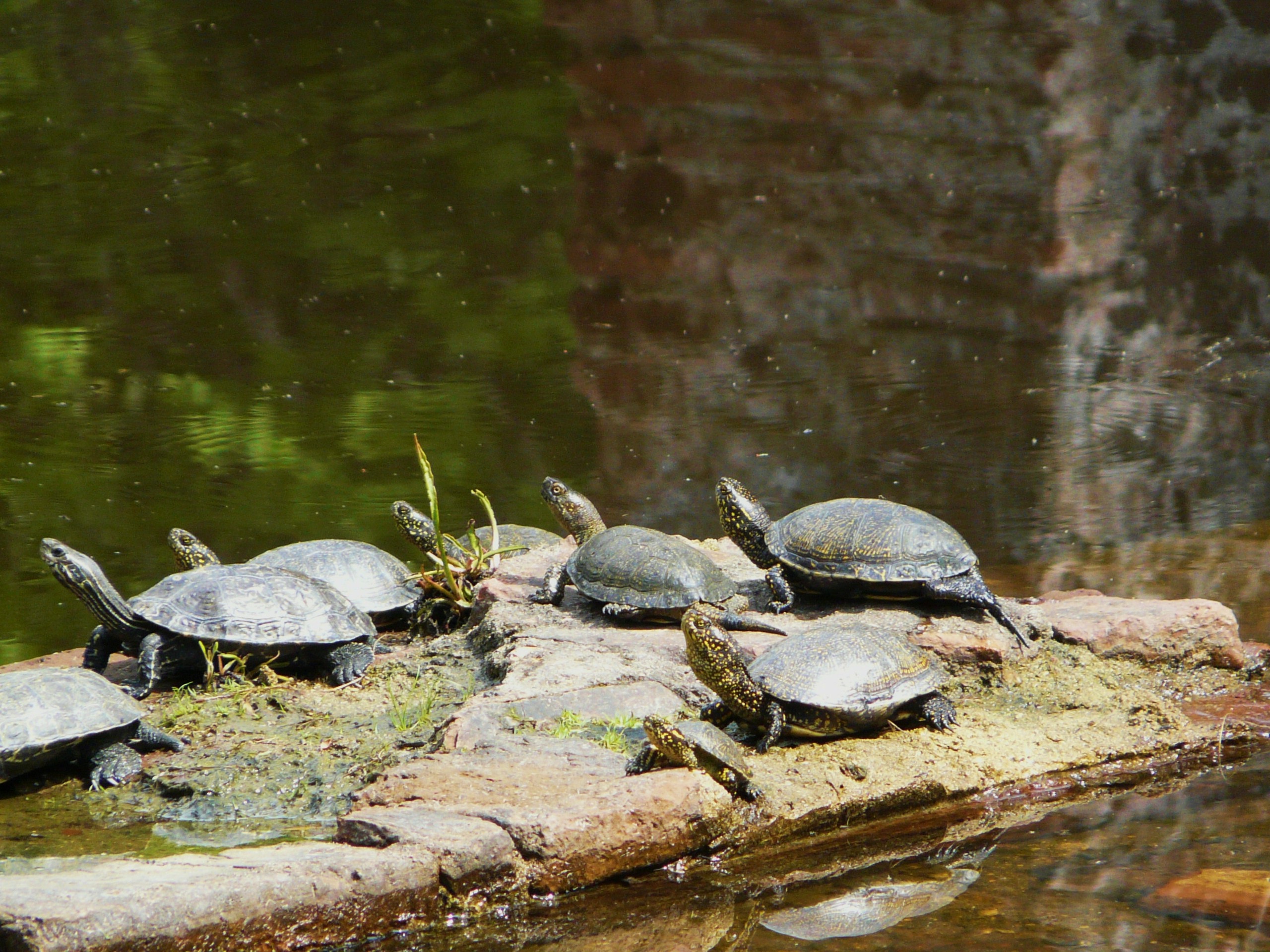
Figure: A group of European pond turtles. C: ImogenX - CC BY 2.0
In fact, this one was the first one to be unearthed at the Czarnówko site, where about 90% of the inhumation graves have been disturbed.
No Clear Evidence of Turtles As a Ritual Animal
Although it is difficult to find out whether turtles were eaten or used in burial practices, they were indeed kept as pets. According to Skóra, the turtle's remains seemed to be near a child's skull and might have been placed there deliberately as part of a burial ritual or moved there when the grave was disturbed.
Another possibility is that a turtle might have walked into the trench to hibernate and could not escape, as disturbed graves often stayed open for some time.
According to the analysis, in most cases, "pond turtles entered the burial pits at some time after burial." Therefore, unless clear evidence is unearthed, "the pond turtle should be removed from the list of animal gifts involved in the rituals of the Wielbark culture."
arkeolojikhaber


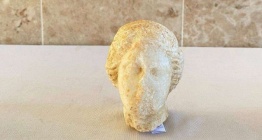

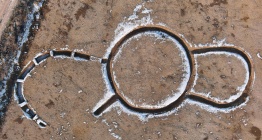


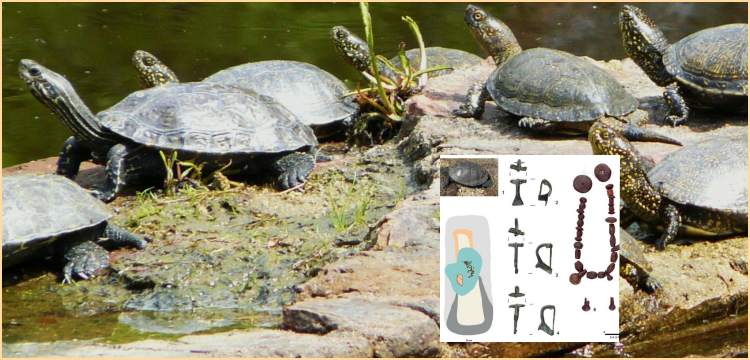
 Hattuşa'daki son arkeolojik keşifler İtalya'daki konferansta tanıtıldı
Hattuşa'daki son arkeolojik keşifler İtalya'daki konferansta tanıtıldı  İskilip'teki redif kışlasının restorasyonu tamamlandı
İskilip'teki redif kışlasının restorasyonu tamamlandı 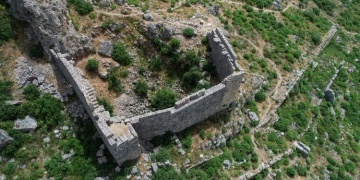 Sillyon Antik Kenti'ndeki arkeoloji kazıları, restorasyon çalışmalarına parelel ilerliyor
Sillyon Antik Kenti'ndeki arkeoloji kazıları, restorasyon çalışmalarına parelel ilerliyor 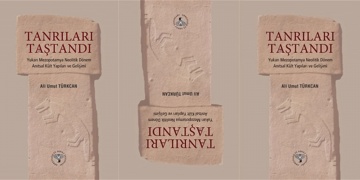 Tanrıları Taştandı
Tanrıları Taştandı 




